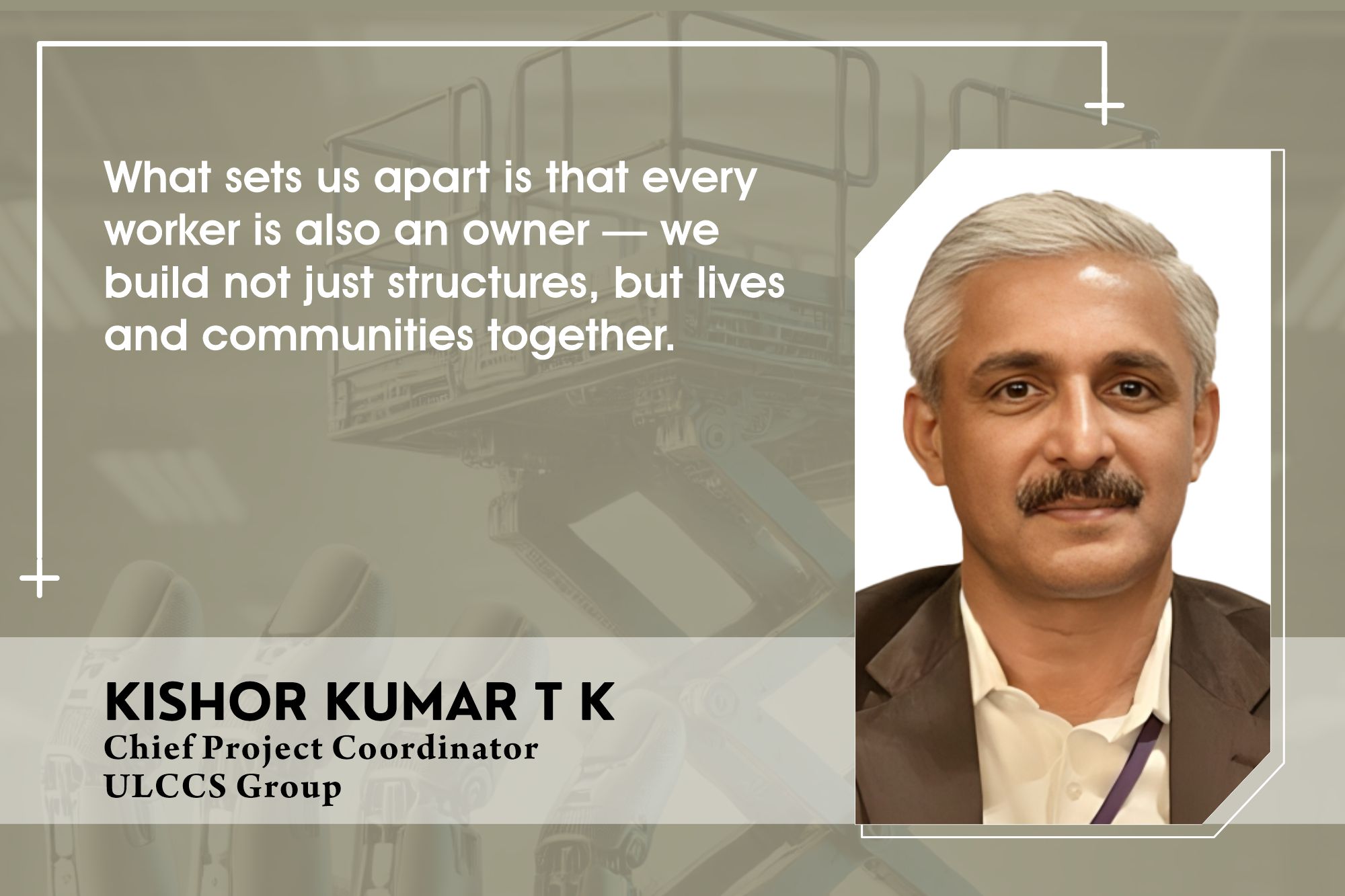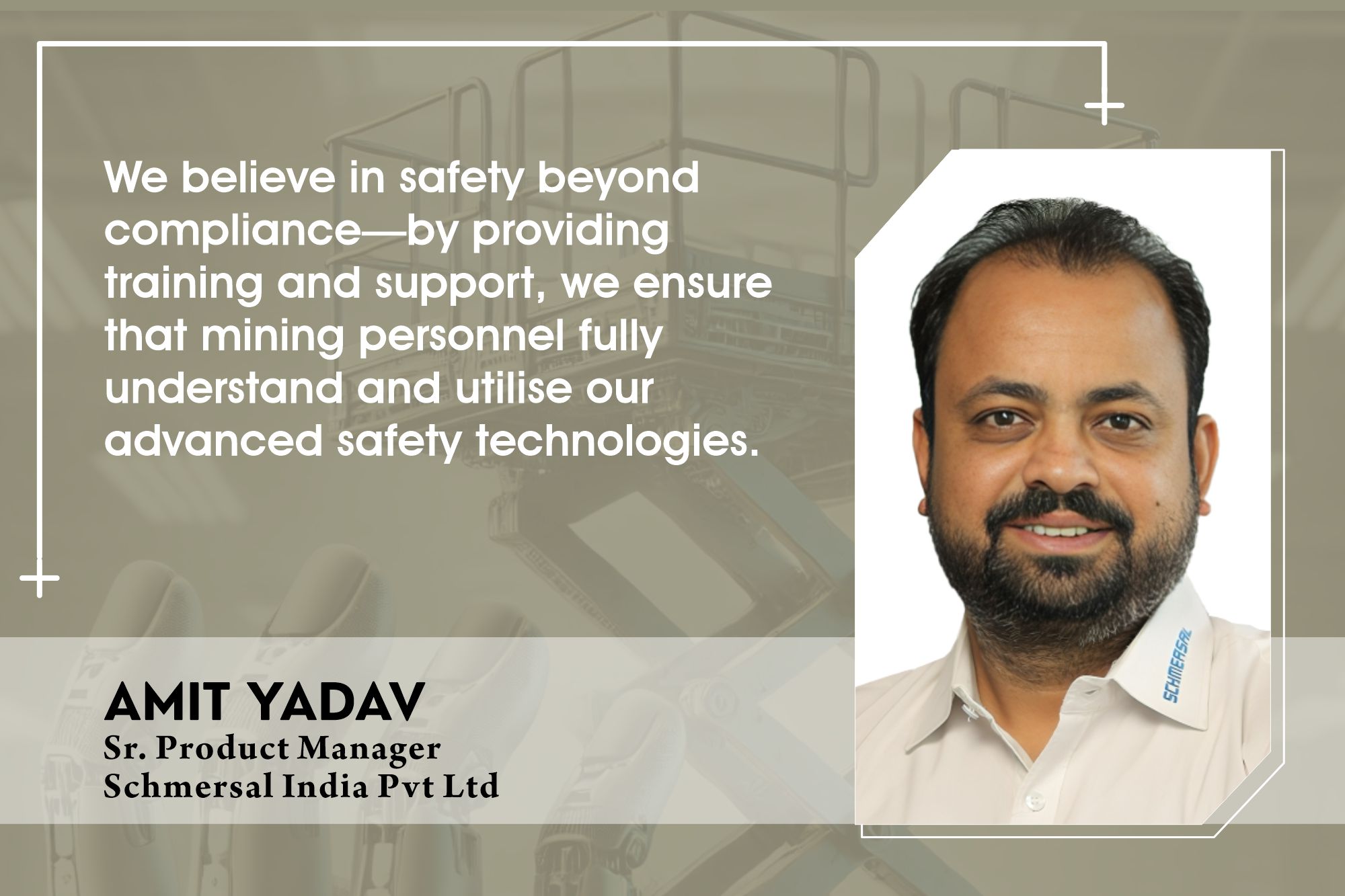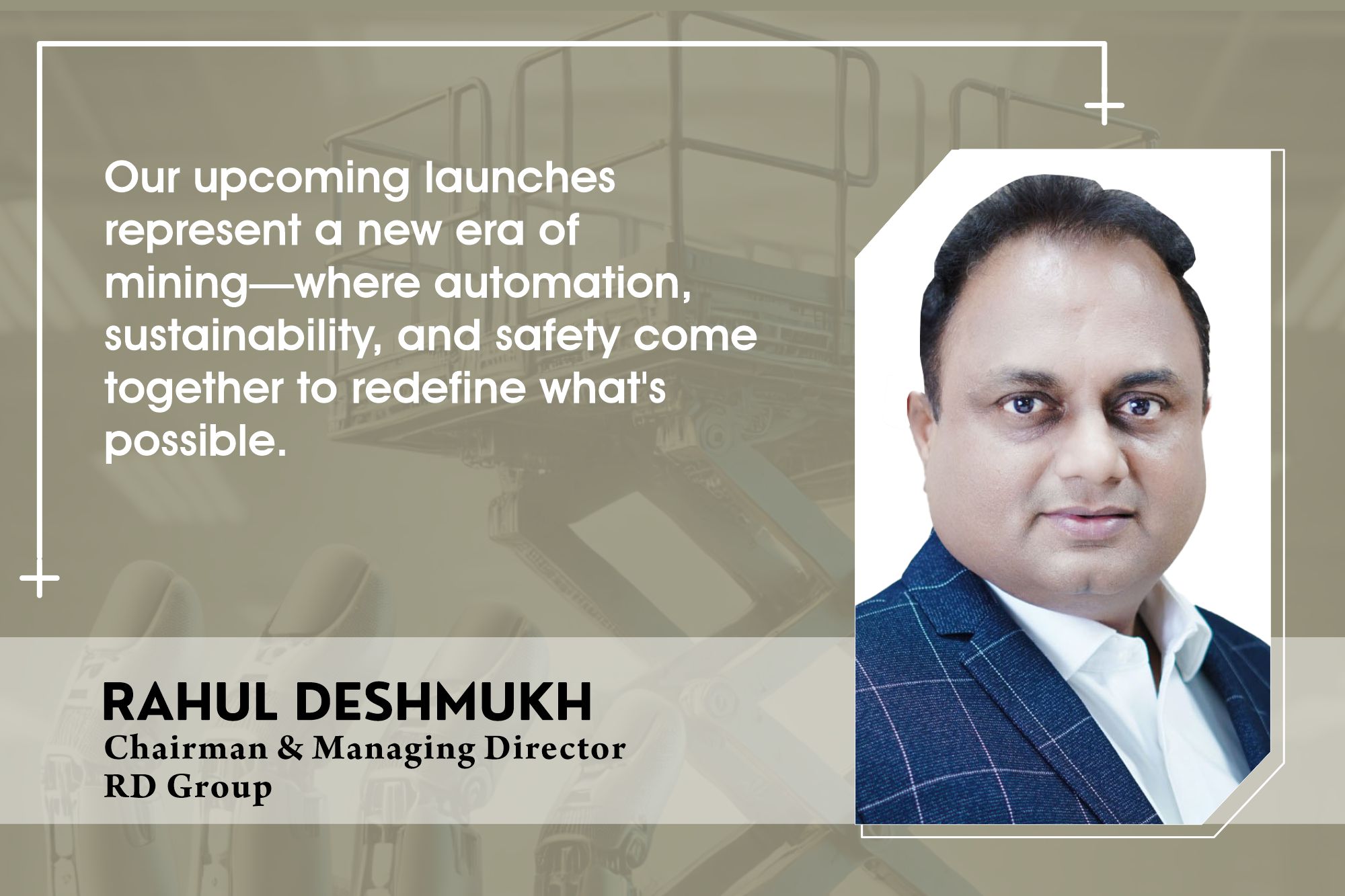Intelligent and digital machines
By Edit Team | April 8, 2024 11:31 am SHARE

A silent transformation is underway within busy metropolitan areas, one that has the potential to redefine the very fabric of our cities. As advancements in road construction and concrete equipment gain traction, opportunities to develop sustainable, efficient, and resilient infrastructure expand.
The current industrial revolution, Industry 4.0, encourages the integration of innovation and sustainability throughout the construction industry. Nowhere is this transformation more evident than in road construction and concrete equipment sectors. From leveraging artificial intelligence for informed decision-making to harnessing 3D printing and advanced materials, the industry is witnessing a revolution that promises to redefine the way we build and maintain critical infrastructure. In this cover story, we delve into the innovative practices driving infrastructure development across road construction and concrete equipment sectors, exploring how different stakeholders are responding to this wave of technological advancement.
Industry overview
The infrastructure sector is witnessing a paradigm shift as governments and industry stakeholders recognise the need for sustainable and efficient solutions. With rapid urbanisation and population growth, the demand for robust transportation networks has never been higher. In response, the construction industry is leveraging technology to optimise processes, enhance safety, and minimise environmental impact.
From smart machinery to data-driven analytics
The construction industry is profoundly shifting, propelled by technological advancements and digitalisation. From smart machinery to data-driven analytics, companies are leveraging innovation to revolutionise the road construction and concrete equipment sectors. These advancements are streamlining construction processes and addressing critical challenges such as environmental impact and resource optimisation.
Recent technological advancements
The demand for effective compaction machinery has surged in road construction, prompting companies like CASE Construction Equipment to engineer state-of-the-art compactors. Puneet Vidyarthi, Head of Marketing and Business Development at CASE, emphasises, “Equipment like tandem vibratory compactors and soil compactors have become essential assets for attaining ideal soil compaction and durability.” Moreover, digital technologies such as SiteWatch enable real-time monitoring, enhancing efficiency and minimising downtime.
Sunil Newatia, Director of Suretech Infrastructure Pvt Ltd, underscores their comprehensive approach to providing solutions in foundation engineering and earthwork equipment. By refurbishing machinery to meet or exceed OEM specifications, they ensure reliability and quality, contributing to customer satisfaction and confidence.
Similarly, innovations like 3D printing are reshaping traditional construction methods in the concrete equipment sector. Abhijeet Gawde, Head of Business Development at Godrej Construction, highlights, “3D construction printing eliminates traditional building formwork, allowing for the rapid and cost-effective realisation of concrete structures.” Additionally, advancements in automation and robotics enable precision and efficiency in construction, reducing waste and addressing environmental concerns.
Industry leaders like Schwing Stetter India and MB Crusher India embrace innovation to meet demands for large-scale infrastructure projects. VG Sakthikumar, MD at Schwing Stetter India, anticipates a significant contribution from their construction equipment, ensuring efficiency and timely execution of projects.
Meanwhile, Piero Guizzetti, CEO of MB Crusher India, emphasises the versatility and resilience of their equipment in remote and challenging construction sites.
Furthermore, companies like Mtandt Group prioritise stability and durability in infrastructure projects, offering innovative ground stabilisation and protection solutions. Rakesh Modi, Mtandt Group’s chairperson, underscores their tailored approach to addressing site-specific challenges, ensuring long-term integrity and performance.
Challenges and opportunities ahead
While technological advancements present unprecedented opportunities, they also present unique challenges. Adapting to rapidly evolving technologies requires investment in research and development and workforce upskilling. Moreover, ensuring interoperability and compatibility between various digital systems remains a key concern for industry stakeholders.
However, amidst these challenges lie immense opportunities for growth and innovation. Integrating advanced technologies such as artificial intelligence, the Internet of Things (IoT), and blockchain promises to revolutionise the construction industry further. These technologies enable predictive maintenance, real-time monitoring, and seamless collaboration across the construction ecosystem, ultimately driving efficiency, cost-effectiveness, and sustainability.
Governmental impetus
The Indian government has taken proactive measures to propel infrastructure development, evident in initiatives like the Ministry of Road Transport and Highways’ Standard Operating Procedure (SOP) for digitising project sanctioning, aimed at streamlining approval processes and minimising bureaucratic hurdles. Additionally, the government’s ambitious targets for national highway construction, as highlighted by the Ministry’s plans to construct 12,000 to 13,000 kilometers of highways in fiscal year 2023-24, underscore the commitment to infrastructure expansion. Such initiatives align seamlessly with industry efforts, ensuring efficiency, transparency, and timely execution of projects, ultimately driving economic growth and development across the nation.
Forging the future
Embracing technological advancements has become imperative to meet the demands of modern infrastructure projects, ensuring efficiency, sustainability, and reliability. From the use of recycled materials and 3D construction printing to advanced machinery and digital monitoring systems, the industry is at the forefront of driving innovation and progress. Government initiatives, such as digitising project sanctioning and setting ambitious targets, further catalyze this transformation, fostering collaboration and propelling infrastructure growth forward. As we continue to innovate and adapt to the challenges of the 21st century, technology remains our most powerful tool in building a better, safer, and more connected world. Together, industry leaders, government bodies, and technological advancements are shaping the future of infrastructure development, paving the way for a brighter tomorrow.
Cookie Consent
We use cookies to personalize your experience. By continuing to visit this website you agree to our Terms & Conditions, Privacy Policy and Cookie Policy.





















































